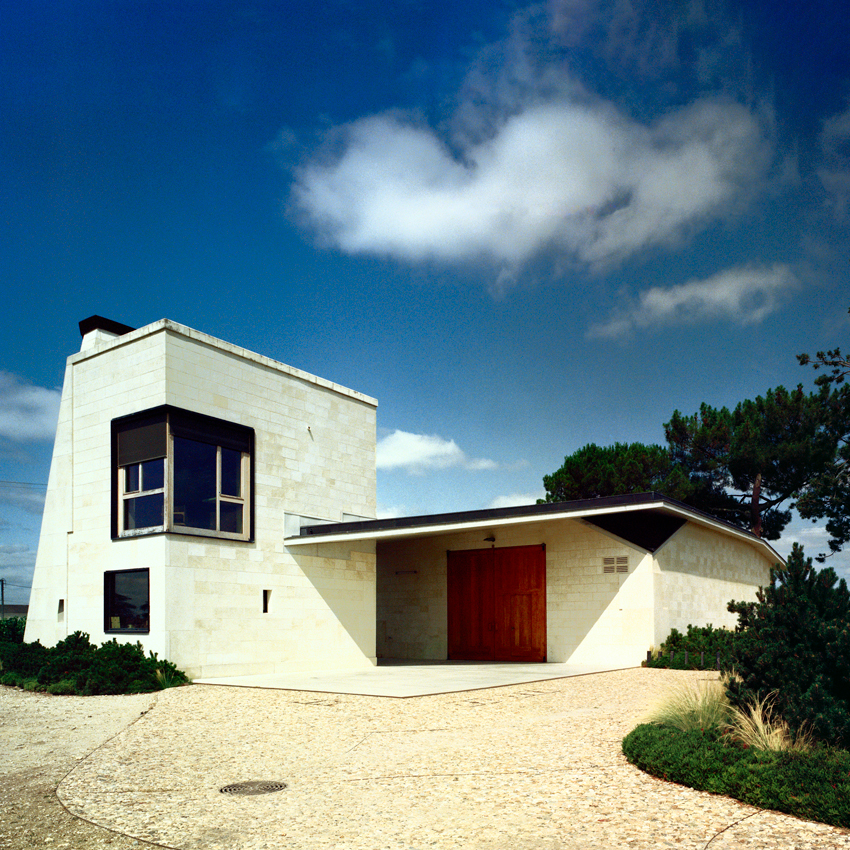Bordeaux 2020: Pomerol
Author: Mark Pardoe MW

In this series, Mark Pardoe MW provides insight into how Bordeaux’s key communes fared in 2020. Here, our Wine Director looks at Pomerol, based on a conversation with Fiona Morrison MW of Le Pin.
At a glance: Pomerol in 2020
- Hectares under vine: 800
- Average yield: 40hl/ha in 2020 (43hl/ha in ’19); down 7%
- Significant châteaux: Clinet, La Conseillante, L’Eglise Client, L’Évangile, Feytit-Clinet, La Fleur-Pétrus, Gazin, Hosanna, Lafleur, Nenin, Petit-Village, Petrus, Le Pin, Trotanoy, Vieux Ch. Certan
Historically, the great wine regions of Europe have been “marginal”: achieving full fruit ripeness was dictated by a favourable set of weather patterns, but always with an anxious wait for maturity at the end of the season before the autumnal conditions arrived. This tension between phenolic maturity and acidity was what helped to create complexity. When that moment arrived, everything was usually quickly harvested.
Recent warmer conditions and drier summers have brought that maturity date forward. The skill of the vigneron has shifted, from anticipating the latest moment to pick to having the luxury of choosing when to pick. Acidity is still present in these modern wines but, like the tannins, it’s riper; the tension and energy, the necessary “bite” that wine needs, must be found elsewhere.
Wherever I have tasted recently – from Bordeaux, Burgundy or Barolo – this tension is now coming from the tannins. The skill of the modern winemaker is knowing how to harvest judiciously across a broader timeframe and how to capture, but not overdo, that potential during the fermentation and cuvaison period.
Pomerol 2020: Le Pin
For the 2020 vintage, Fiona Morrison MW was unequivocal that the quality is very high at Le Pin. There is more tannic definition than the ’19, something feels is also true at several of her neighbours on the Pomerol plateau. Particularly revealing were her thoughts on why Pomerol (and Bordeaux generally) is on such a good run: the quality of the tannins. She never believed that the marginality of Bordeaux could produce tannins with this level of maturity, texture and complexity. For this reason, she feels that the ’20, although a very sunny vintage, has more in common with ’16.
Within that statement, Fiona was keen to make a distinction. Bordeaux is a big region and the conditions of the Médoc, with water on three sides, do not pertain to the Right Bank: not in St Emilion, itself a large and varied appellation; nor especially in Pomerol, a drier region with a more continentally influenced climate.
Thus the heavy rains of the northern Médoc did not materialise in Pomerol in ’20. The appellation remained hot and dry through August, with just a sprinkle of rain at the end of the month. At Le Pin, the important rain fell on 19th and 20th September, between the picking of the younger and older vines. By this date, almost all the Left Bank Merlot had been picked. Fiona observed that in Pomerol, Merlot behaves more like Cabernet Sauvignon.
Merlot in Pomerol
Merlot at Le Pin has to work hard. The Cabernet Sauvignon analogy is apt here: the vines are on five metres of gravel before the roots reach the clay. This begs the question of how the vineyard survived this long, hot summer without drought stress and without the refreshment of the August rains that fell elsewhere.
Fiona confirmed that the vineyards remained radiantly healthy throughout. Her view is that the vines have a memory and are adapting. It is well known that the vintage in the year after a damaging spring frost will be generous; the vines seek to make up the shortfall the following year. Flower initiation, as mentioned in our coverage of St Estèphe, is a similar manifestation. Perhaps this trio of sunny years has allowed the vines to build up their defences and find a “go-slow” mode during the peak of the heat and drought when previously they would have shut down.
Of course, this is linked to the quality of the terroir. It is becoming clear that empirically great vineyards can perform better in these days of climate change. Linking all this together is vine and soil health, and the microbial biome in the soil, especially around the vines’ roots.
The 2020 vintage at Le Pin
The final word must go to Le Pin 2020. The rain over the weekend of 19th and 20th September made the vintage. Before the rain, the daytime temperature was over 30°C; after the rain, it fell to 14°C. This meant that the harvest began with temperatures above 30°C during the week of the 14th of September, with everyone in shorts but wearing masks. It finished the following week; considerably cooler, the team worked in jeans, wellies, masks and macs.
The vines were refreshed and liberated. It is a small harvest at 24hl/ha; this is due in part to one vineyard plot being replanted. The final wine is 14.5%, but the oldest vines – harvested last – came in at 13.5%.
And in the end, the quality was a surprise. After an entire growing season with the exigencies of working under Covid-19 restrictions, and the daily concern that one positive test could immobilise the entire picking team, it wasn’t until the juice started to run after pressings that it became clear how special was the result of so much work, innovation and dedication.
For more Bordeaux 2020 En Primeur coverage, you can visit bbr.com or browse our range of Bordeaux 2020 virtual events.


